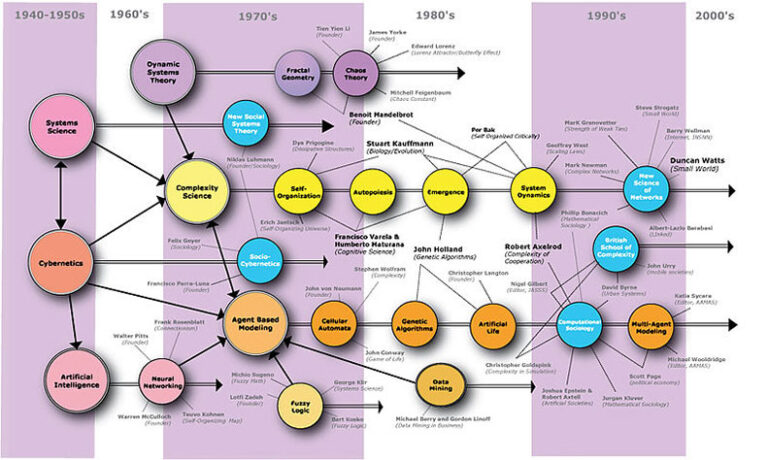Deep Reinforcement Learning
Table of Contents
Deep Reinforcement Learning (DRL) is a subfield of artificial intelligence (AI) that combines deep learning techniques with reinforcement learning principles to enable machines to learn and make decisions in complex environments. This powerful combination has led to significant advancements in various fields such as robotics, gaming, finance, and healthcare.
Understanding Deep Reinforcement Learning
Reinforcement learning is a type of machine learning where an agent learns to make decisions by interacting with an environment and receiving feedback in the form of rewards or punishments. The goal of the agent is to maximize its cumulative reward over time by learning the optimal policy – a set of rules that dictate the best action to take in a given state.
Deep learning, on the other hand, is a subset of machine learning that uses artificial neural networks to model complex patterns and relationships in data. By combining deep learning with reinforcement learning, DRL algorithms can learn directly from high-dimensional sensory inputs, such as images or raw sensor data, without the need for manual feature extraction.
Key Components of Deep Reinforcement Learning
1. Policy Networks: In DRL, the agent’s policy is often represented by a neural network that takes the current state as input and outputs a probability distribution over possible actions. The policy network is trained using reinforcement learning algorithms such as Q-learning or policy gradients to maximize the expected cumulative reward.
2. Value Networks: Value-based methods in DRL use neural networks to estimate the expected cumulative reward of taking a specific action in a given state. By learning the value function, the agent can make more informed decisions and improve its overall performance.
3. Experience Replay: Experience replay is a technique used in DRL to improve sample efficiency and stabilize training. By storing and randomly sampling experiences from a replay buffer, the agent can learn from past interactions and break correlations between consecutive samples, leading to more robust and effective learning.
Applications of Deep Reinforcement Learning
1. Robotics: DRL has been successfully applied to robotic control tasks, such as grasping objects, navigating complex environments, and performing dexterous manipulation. By learning directly from raw sensor data, robots can adapt to changing conditions and improve their performance over time.
2. Gaming: DRL has revolutionized the field of gaming, with algorithms such as Deep Q-Networks (DQN) achieving superhuman performance in games like Atari and Go. By learning from pixel inputs and rewards, agents can develop sophisticated strategies and outperform human players in challenging environments.
3. Finance: DRL algorithms have been used to optimize trading strategies, portfolio management, and risk assessment in financial markets. By learning from historical data and real-time market information, agents can make informed decisions and maximize returns for investors.
Challenges and Future Directions
While DRL has shown great promise in various applications, it also faces several challenges that need to be addressed for further advancement. Some of the key challenges include sample inefficiency, exploration-exploitation trade-offs, and scalability to real-world environments.
In the future, researchers are working on developing more efficient algorithms, improving generalization capabilities, and addressing safety and ethical concerns related to DRL. By addressing these challenges, DRL has the potential to revolutionize industries and drive innovation in AI research.
Conclusion
Deep Reinforcement Learning is a powerful paradigm that combines deep learning and reinforcement learning principles to enable machines to learn and make decisions in complex environments. By learning directly from high-dimensional sensory inputs, DRL algorithms have achieved remarkable success in various fields such as robotics, gaming, finance, and healthcare.
As researchers continue to advance the state-of-the-art in DRL, we can expect to see even more impressive applications and breakthroughs in AI technology. With its ability to learn and adapt to new challenges, DRL holds great promise for the future of artificial intelligence and machine learning.






